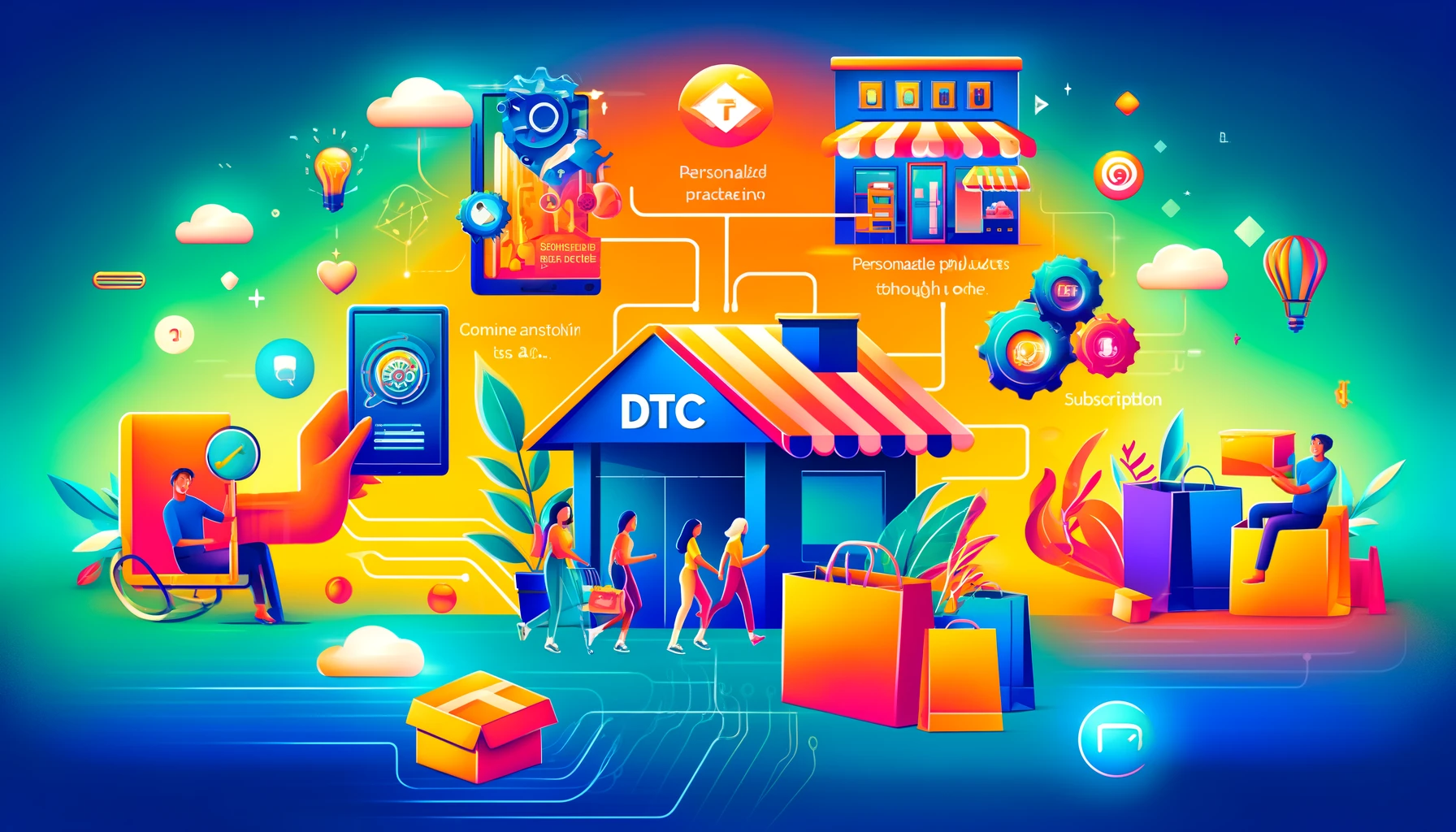Today we’re diving into the fascinating world of Direct-to-Consumer (DTC) brands. The landscape has been rapidly evolving, and it’s crucial to stay ahead of the curve. So, let’s explore what’s new and what’s next for DTC brands.
The DTC Boom
Over the past decade, DTC brands have shaken up traditional retail. By cutting out the middleman, brands like Warby Parker, Casper, and Glossier have offered high-quality products at competitive prices, all while creating closer relationships with their customers. The direct line to consumers allowed these brands to leverage data, personalize experiences, and build strong brand loyalty.
The Shifts in 2024
However, as we step into 2024, the DTC model is evolving. Here’s what’s changing:
1. Omnichannel Presence DTC brands are no longer sticking to online-only strategies. Physical stores, pop-up shops, and partnerships with major retailers are becoming common. This hybrid approach helps brands reach a broader audience and provides a tangible customer experience.
2. Sustainability and Ethical Practices Consumers today are more conscious about their purchases. Brands that prioritize sustainability, ethical sourcing, and transparency are winning hearts. From eco-friendly packaging to fair labor practices, these aspects are becoming key differentiators.
3. Advanced Personalization With advancements in AI and machine learning, personalization is reaching new heights. DTC brands are using AI to offer hyper-personalized recommendations, tailor-made marketing campaigns, and even personalized product designs.
4. Community Building Building a community around a brand is more important than ever. Brands are creating loyal customer bases by engaging with their audience through social media, exclusive events, and content that resonates. A strong community fosters brand advocates who drive word-of-mouth marketing.
5. Subscription Models Subscription-based models are gaining traction, offering consumers convenience and ensuring recurring revenue for brands. From curated boxes to regular product refills, subscriptions provide a steady stream of income and deeper customer relationships.
6. Influencer Partnerships Collaborations with influencers continue to be a powerful strategy. However, there’s a shift towards micro-influencers who have more engaged and niche audiences. Authenticity over follower count is the new mantra.
What’s Next?
Looking ahead, DTC brands should focus on integrating innovative technologies, maintaining flexibility in their business models, and staying attuned to consumer preferences. Here are a few predictions:
AI-Powered Customer Service Chatbots and virtual assistants will become even more sophisticated, providing seamless customer support and enhancing the shopping experience.
AR and VR Experiences Augmented Reality (AR) and Virtual Reality (VR) will transform online shopping, allowing customers to try before they buy from the comfort of their homes.
Enhanced Data Privacy With growing concerns over data privacy, brands will need to adopt stricter data protection measures and be transparent about how they use customer information.
Local Production To meet sustainability goals and mitigate supply chain disruptions, more brands might turn to local production and sourcing, reducing their carbon footprint and supporting local economies.
Final Thoughts
The DTC landscape is dynamic and full of opportunities. Brands that adapt, innovate, and stay customer-centric will thrive in this ever-changing market. At Apex Email Marketing, we’re excited to help DTC brands navigate these changes and continue to grow.
Want to chat about your DTC strategy? Reach out to us at Apex Email Marketing, and let’s take your brand to the next level! 🚀

